Updates & Blog
13 Ways to Scare a Forester on Halloween (repost)

Halloween is almost here and if you’re looking for a way to truly frighten a forester – here is some Halloween trickery guaranteed to send a shiver down the spine of any forester or forestry pro.
- Sneak up behind them and whisper “never ever cut down a tree… ever…”
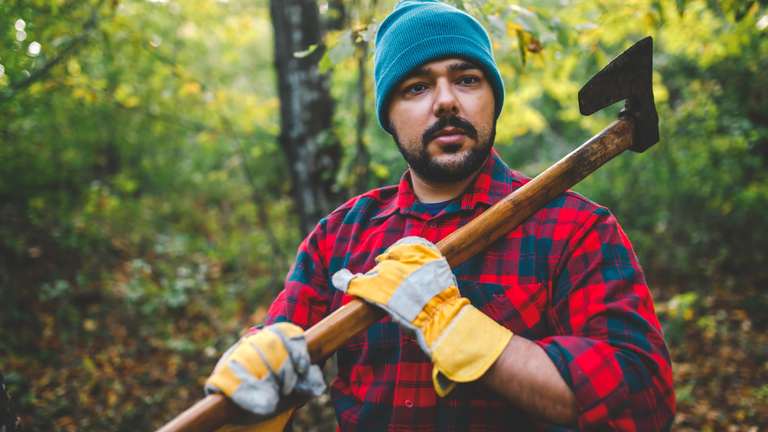
A common misconception about forest conservation is that cutting down trees is always bad and contributes to deforestation, no matter the scenario. However, sustainable tree harvesting practices can be a highly useful tool for actively managing healthy and thriving forests. Additionally, according to the National Alliance of Forest Owners, private forest owners regenerate an average of 43% more wood than they harvest.
- Jump out from behind a tree dressed as an emerald ash borer.
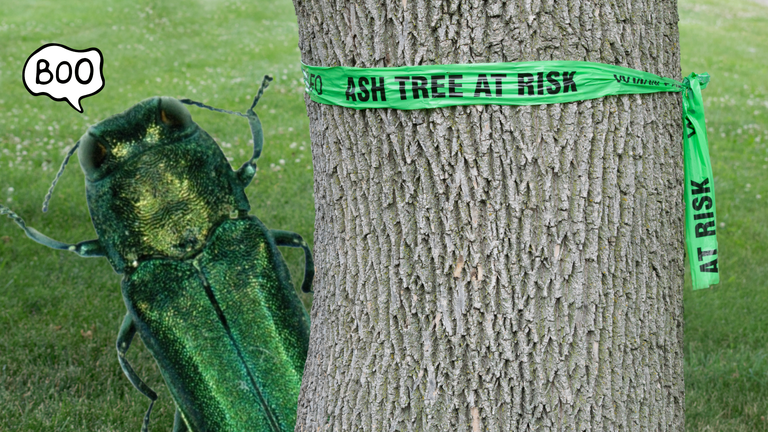
Emerald ash borer, EAB for short, is an exotic invasive wood-boring insect that infests and kills all types of ash tree species. It was discovered in North America in 2002 and has since caused widespread devastation and destruction across the country. According to the Southern Regional Extension Forestry, EAB is now present in most of our southern states.
- Insist the wildfire prevention icon is called “Smokey THE Bear.”
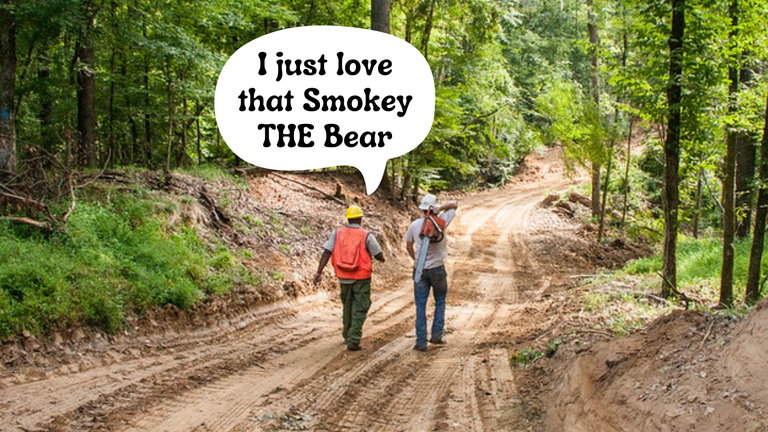
There is quite possibly no better way to irk a forestry professional than to insert the word “the” in Smokey Bear’s name. Although the original Smokey Bear song indicates otherwise, our favorite fire prevention icon officially goes by plain old “Smokey Bear.”
- Wait until all goes silent, then yell “all fire is bad fire!”
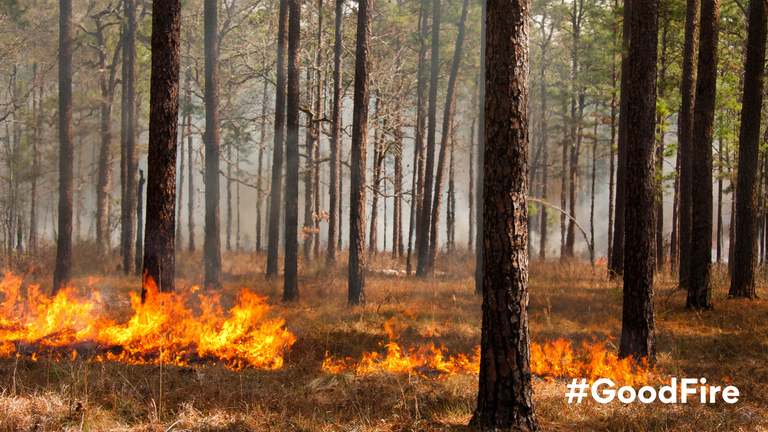
While the prevention of wildfires remains a priority for state forestry agencies and our partners, fire also plays a vital role in maintaining certain ecosystems. Although there have been regional variations across the United States, the controlled application of fire (prescribed fire) has been used as a management tool throughout history. In the South, it has been used to maintain oak and pine savannas, clear brush, create wildlife habitat, clear land for agriculture, control pests and improve livestock grazing.
- Forget the importance of creating a forest management plan.
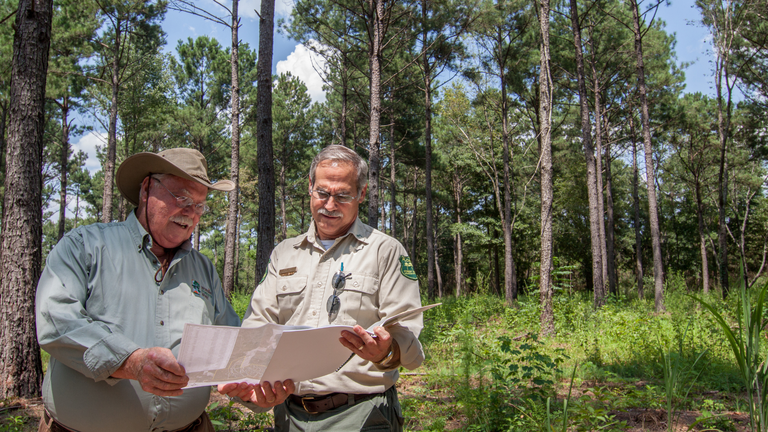
A healthy, thriving forest requires active management. Management helps keep your trees and forestland healthy and productive and optimizes economic, environmental and social benefits from them. Whether your objectives are profit, recreation, scenery, wildlife habitat or preserving your legacy for future generations – wise management planning can help get you there. Professional foresters are available to prepare management plans based on your objectives and land capabilities. Contact your state forestry agency to find a forester to help you with your ownership objectives.
- Look at a beautiful forest and say something truly alarming like, “you know what would do well in this location… a strip mall!”
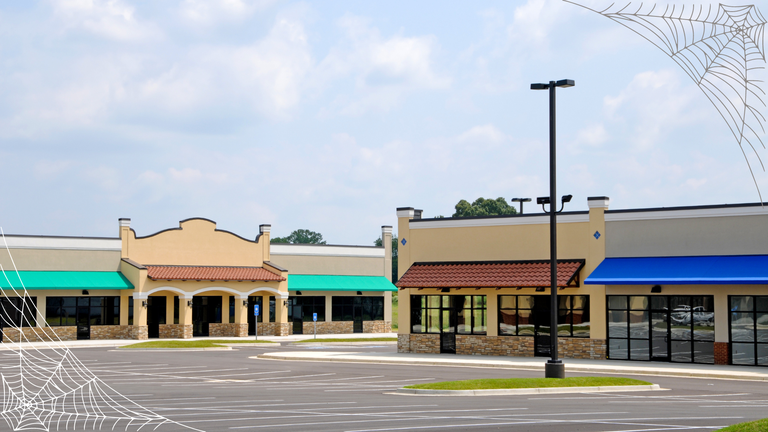
Be careful with this one – these are fighting words! One of the top threats to forests in the south is urban development and conversion to other uses. When we lose trees and forests, we lose all of their environmental and societal benefits including providing for clean air and water, carbon sequestration, economic benefits, vital forest products, aesthetic beauty and so much more.
- Call them up and say “I’ve planted several callery pear trees. Now how do I take care of them?”
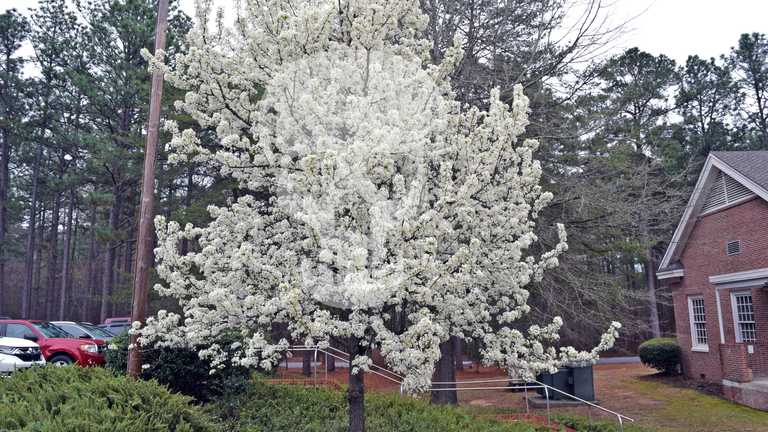
Callery or Bradford pear is one of the most rapidly spreading invasive plants in the eastern U.S. and wreaks havoc on our forests. There are plenty of invasive plants out there to avoid, so after you’ve given your favorite forester a mild heart attack by telling them you’ve planted one – ask them for advice on how to identify, remove and/or avoid invasive species.
- Pretend your firewood came from a forest 500 miles away.
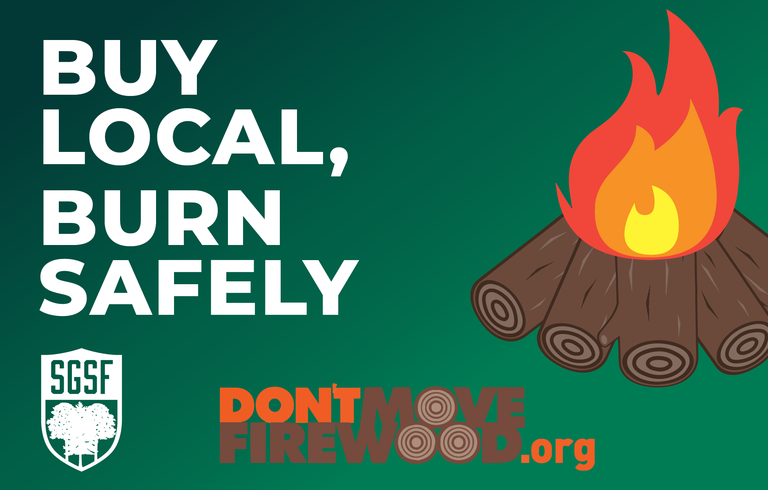
A nightmare of creepy crawly invasive pests might be lurking inside your firewood, so it’s important to use only locally sourced wood. If you bring firewood from far away, you are giving these vermin hitchhikers an opportunity to crawl out and attack more trees. Our partners at DontMoveFirewood.org suggest buying it where you’ll burn it, buying certified heat-treated firewood or gathering on site where permitted.
- Say “southern pine beetle” three times in a row.

According to legend, if you say “southern pine beetle” three times fast, you will summon a swarm of the most destructive insect pests to southern pine forests. While this, of course, is only meant as a trick – the southern pine beetle is certainly no treat. This small black beetle can appear throughout the southeastern U.S. and attack en masse. Successfully attacked trees turn yellow, then red, then brown, and generally occur in tight pockets or “spots.” Thinning and prescribed burning, when appropriate, can be effective methods to reduce stand susceptibility to southern pine beetle.
- Pretend to look at the weather report and say “Woah! The KBDI is at 799!”
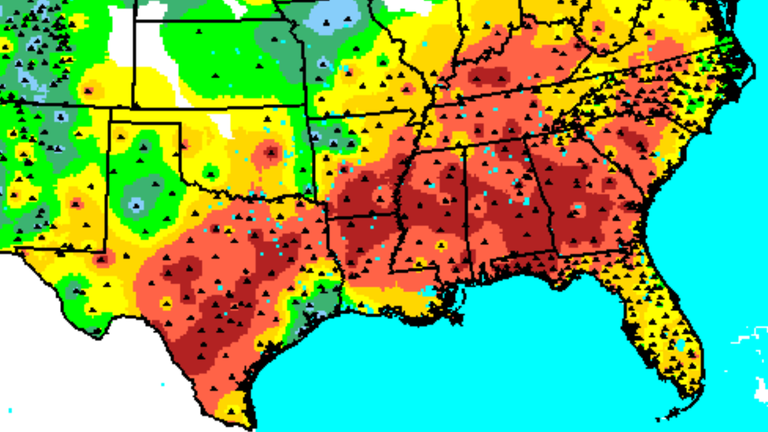
The Keetch-Byram Drought Index (KBDI) is a tool used by forestry agencies to monitor wildfire conditions based on dryness – in dry conditions, wildfire is more likely to occur. The drought index ranges from 0 to 800, where a reading of 0 represents moist conditions and 800 represents absolutely dry conditions.
- Tell them you don’t want to use paper because it “contributes to deforestation.”

Another misconception is that the use of paper is wasteful and contributes to forest loss. This, however, couldn’t be further from the truth! Paper products in the United States come from sustainably managed forests and your use of paper and forest products actually supports the economic viability of keeping those forests intact into the future.
- On an especially dry and windy day, feign that you left a pile of yard debris burning unattended.
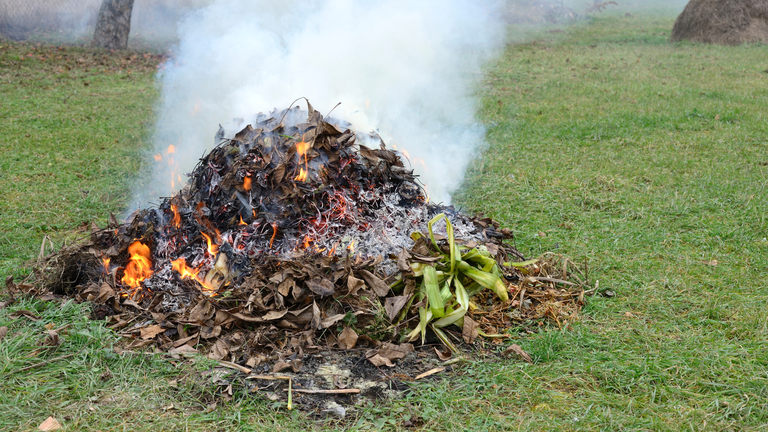
Never leave any outdoor fire unattended and always check for local rules and restrictions prior to burning outdoors. Your small, well-intended fire could easily escape and threaten lives, homes and natural areas – and put wildland firefighters’ lives unnecessarily in danger.
- Never visit or enjoy the South’s forests.
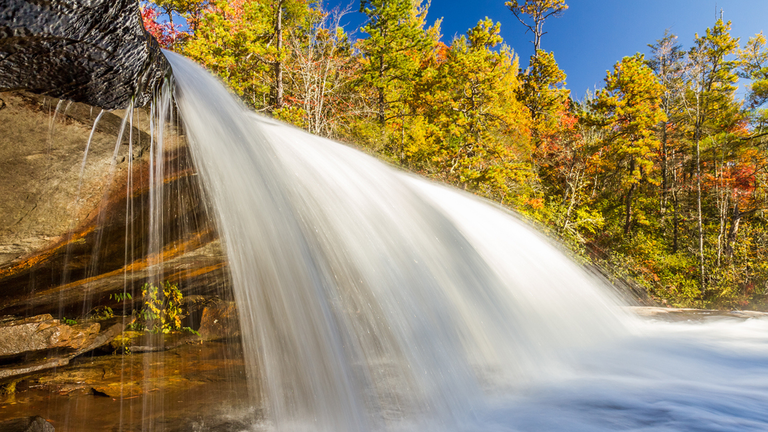
Ask any forester and they’ll tell you it would be a travesty to never experience the beauty and wonder of stepping into a southern forest. As conservationist John Muir once said, “between every two pines is a doorway to a new world.”